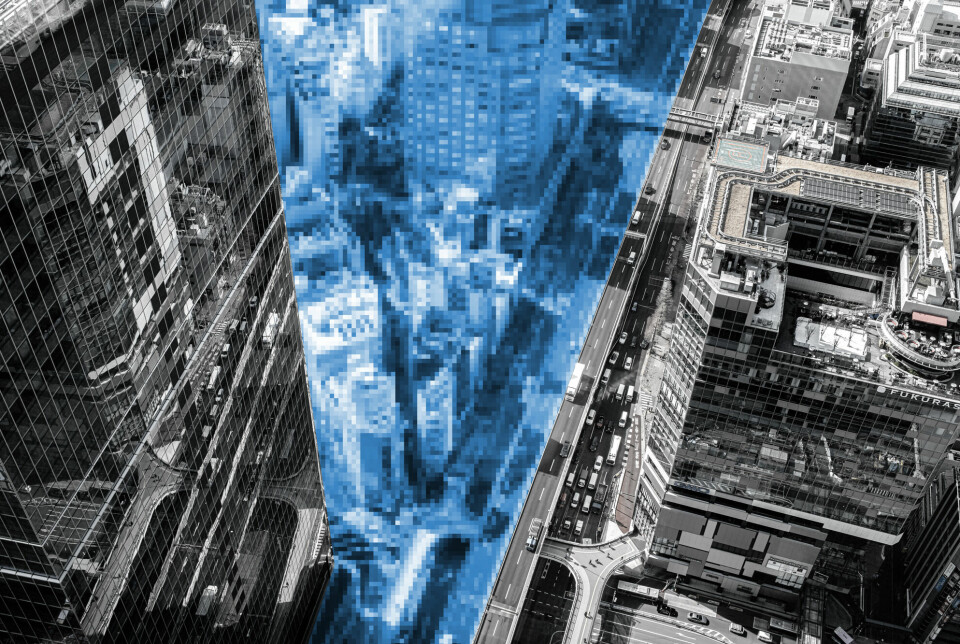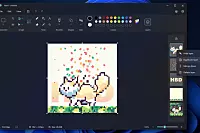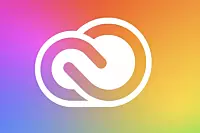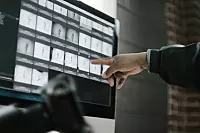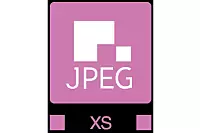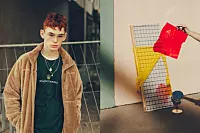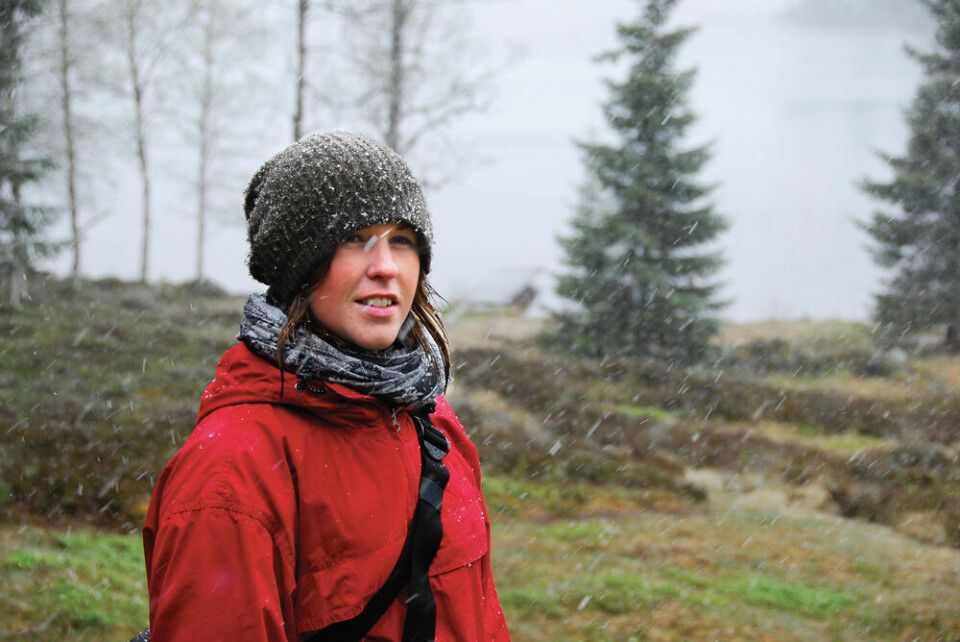TECHNOLOGY
Calle Rosenqvist
JPEG is getting better - images in 10-bits, faster & smaller size
Fully backward compatible, improved image quality and faster transfer speeds - now JPEG images are going to look better than ever.
As early as 1986, what would become the new standard for digital compressed image files was formed by the Joint Photographic Experts Group - hence the name JPEG. The specifications were set in 1992, and the rest is, as they say, internet history.
Now, Google has further developed the widely used format with Jpegli, a compression library that is fully backward compatible while also featuring some innovations and improvements over the original format.
The new algorithms function as both encoder and decoder while adhering to the usual standard, which means that a regular web browser or other programs can take advantage of the benefits without any plugins: 35 percent higher compression rate, fewer artifacts in the image due to quantization and compression, faster compression and decompression, and support for 10+ bits.
Just the 10-bit capability is a significant step, as a problem with image quality has been that only 8 bits could be handled by the format. With Jpegli, it is possible to increase the dynamic range in the image file, which improves, for example, the tonal transitions in a sky and prevents so-called posterization, where you see sharp tonal transitions as lines in a gradient.
The new algorithms will also improve the visual impression of the image, making them look clearer and less compressed. Google has solved this by using adaptive quantization which has allowed the use of a more advanced color space.
Previously, the Joint Photographic Experts Group also created JPEG XS as a complement to the JPEG standard and the application area for mainly moving images. For still images on the internet, JPEG still dominates, although the relatively new format WebP from 2010 - developed by Google - has a steadily growing user base due to its speed.
